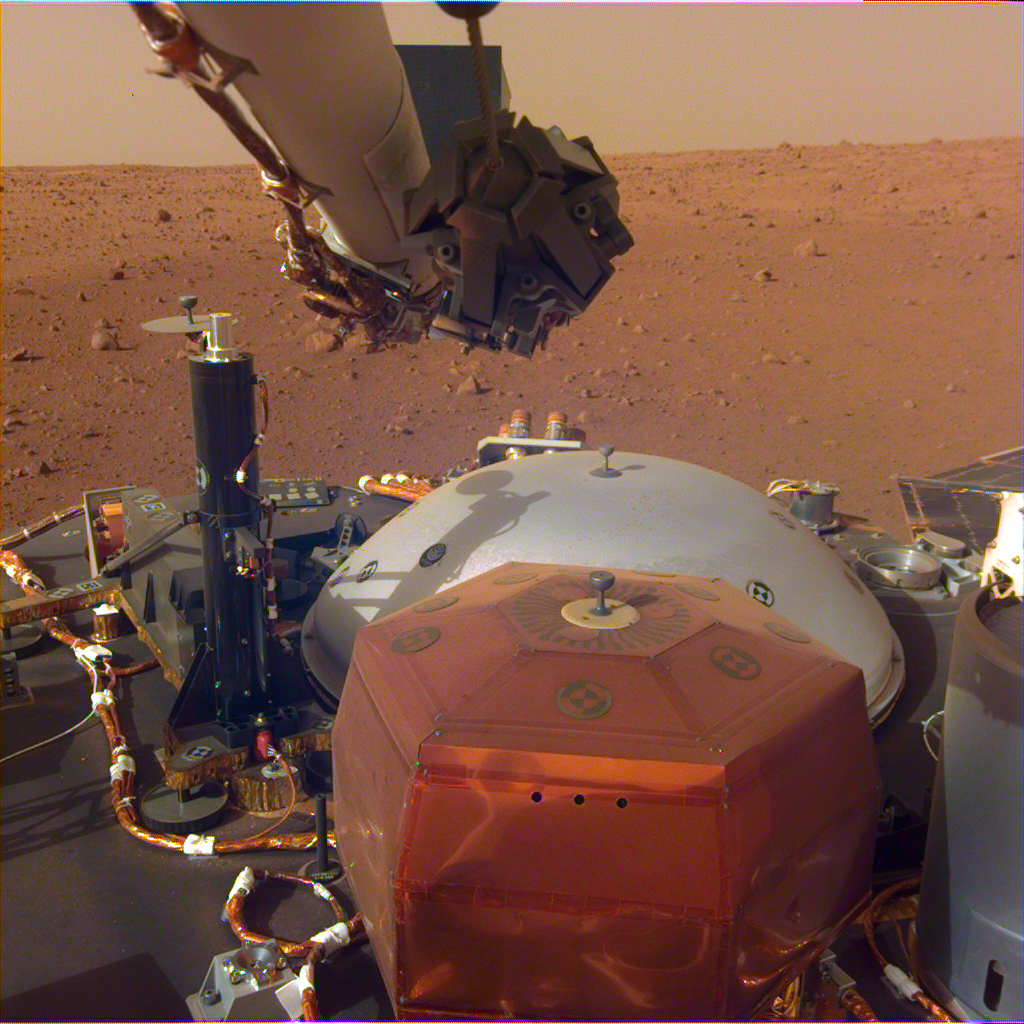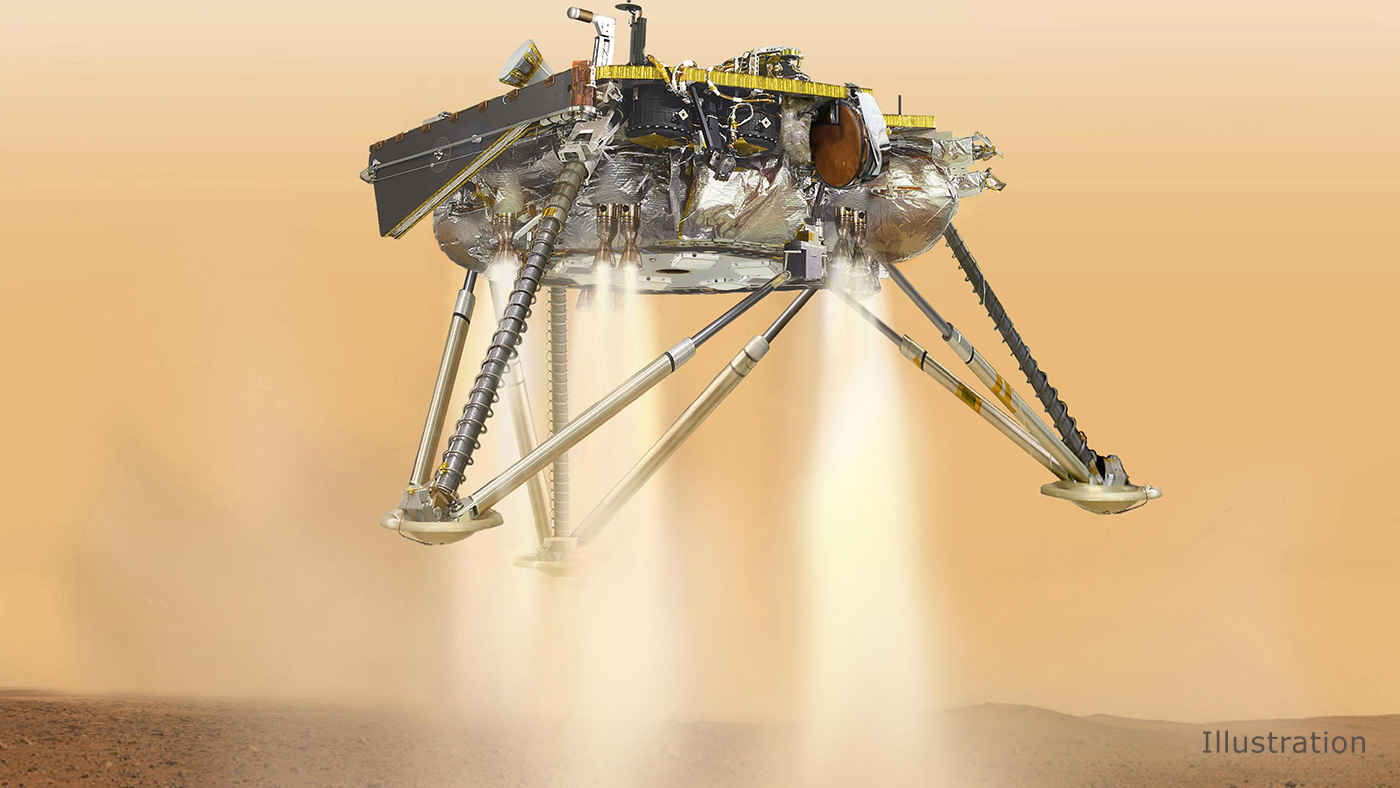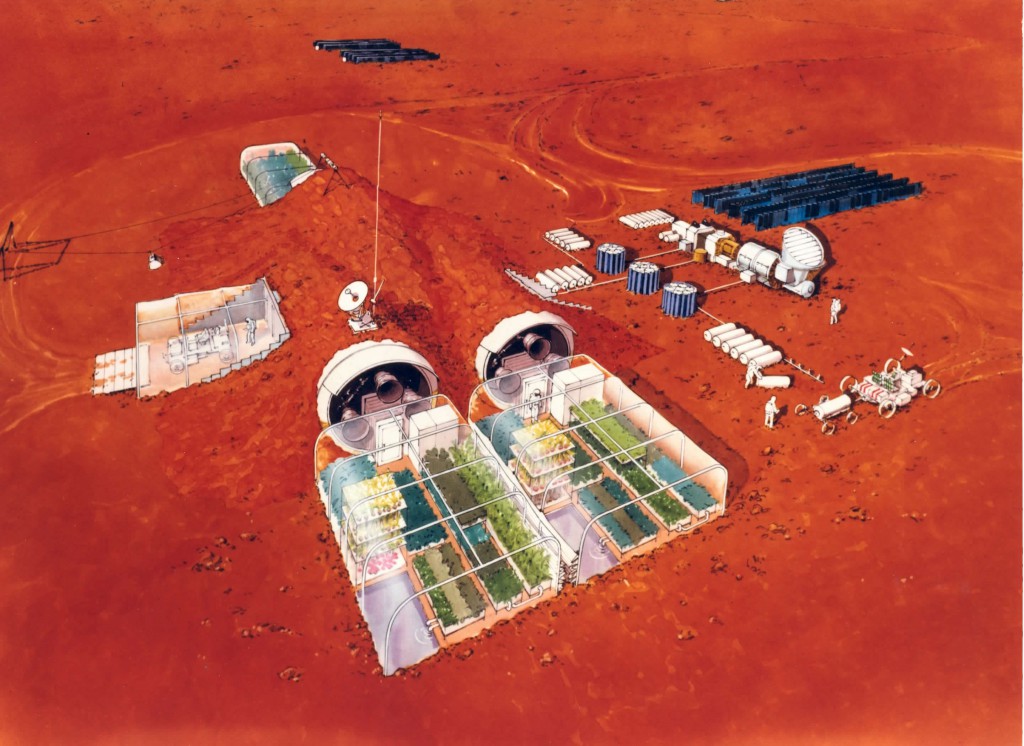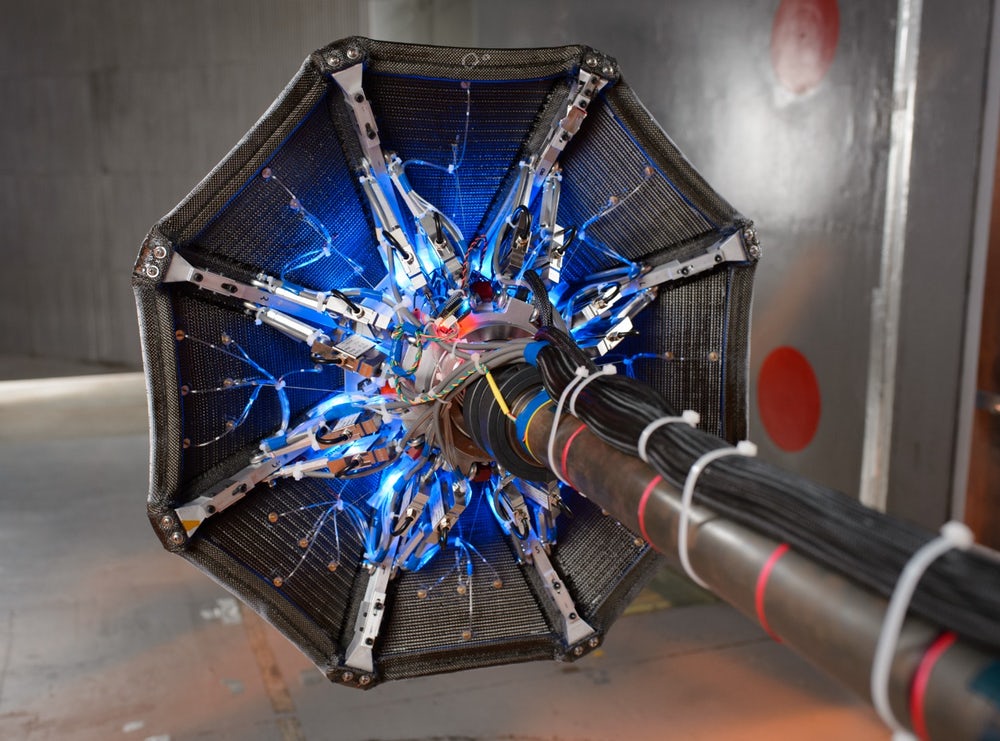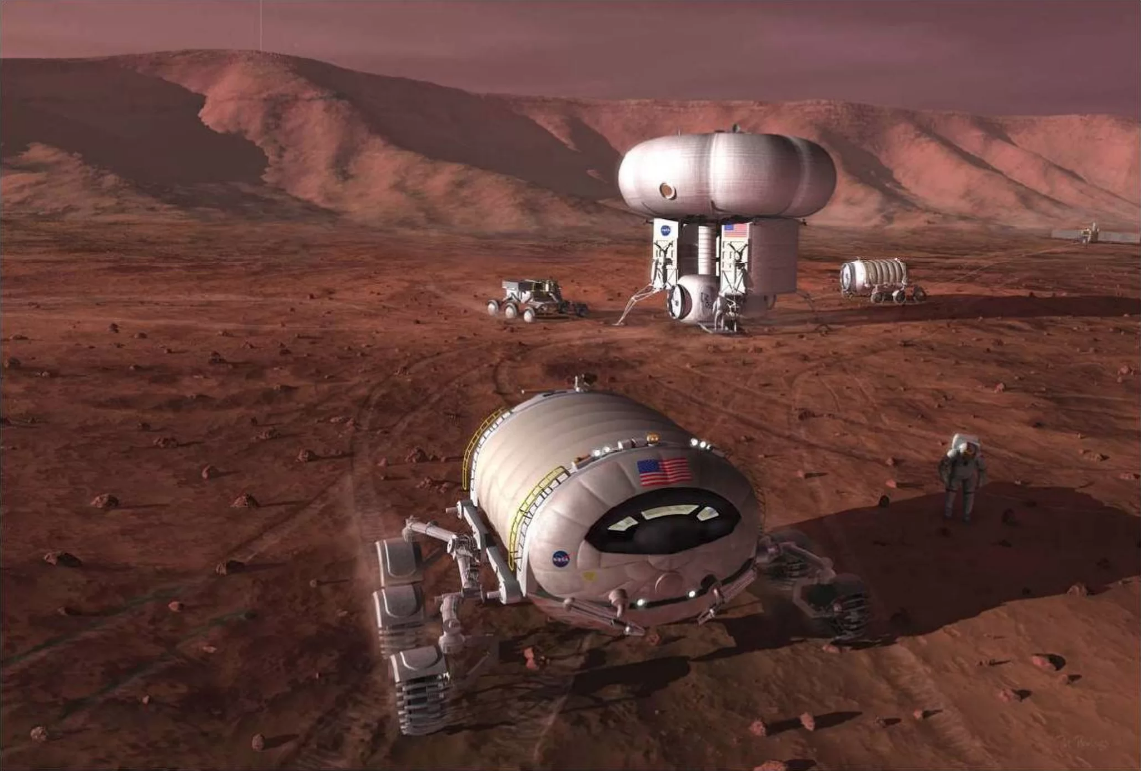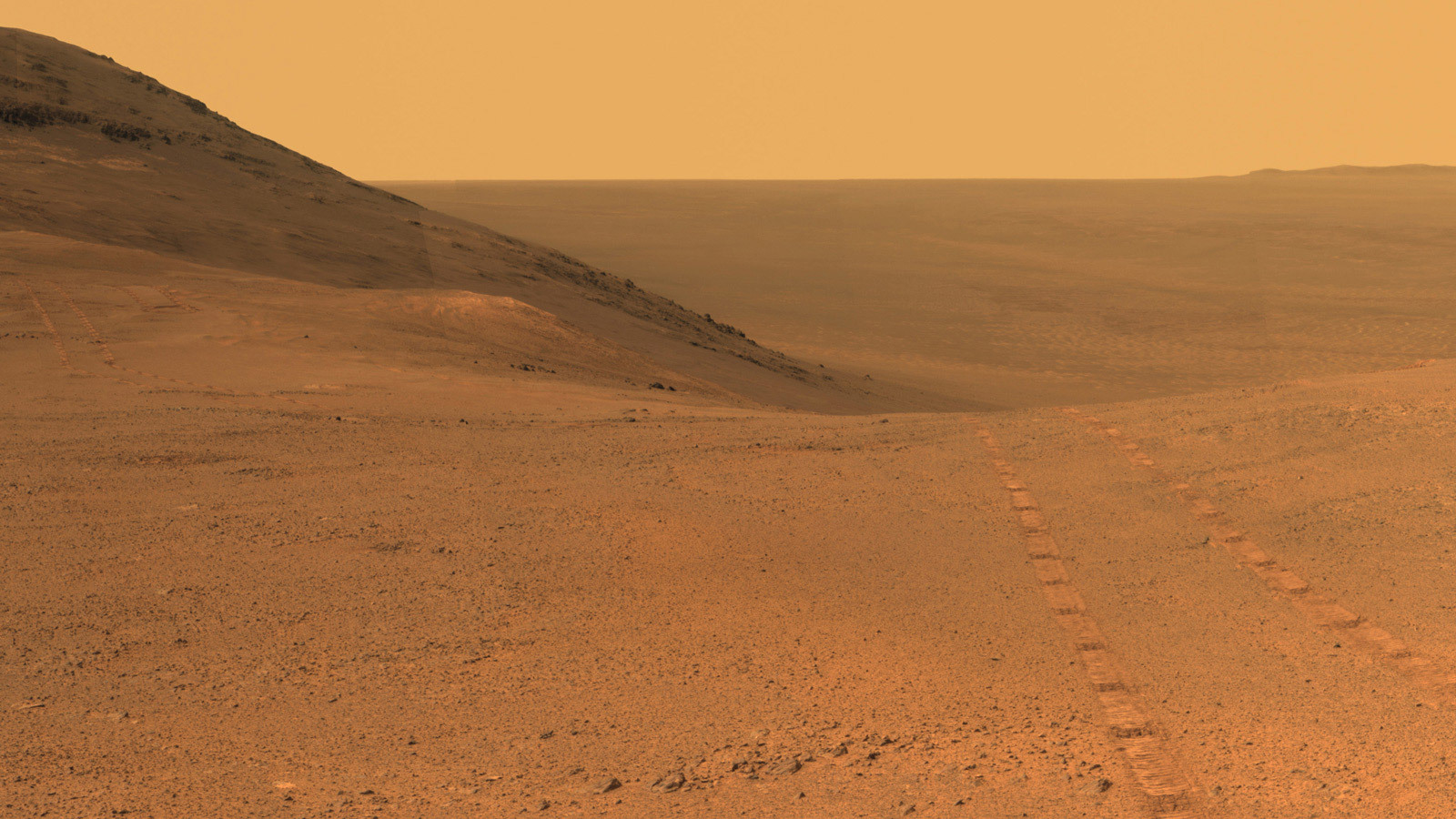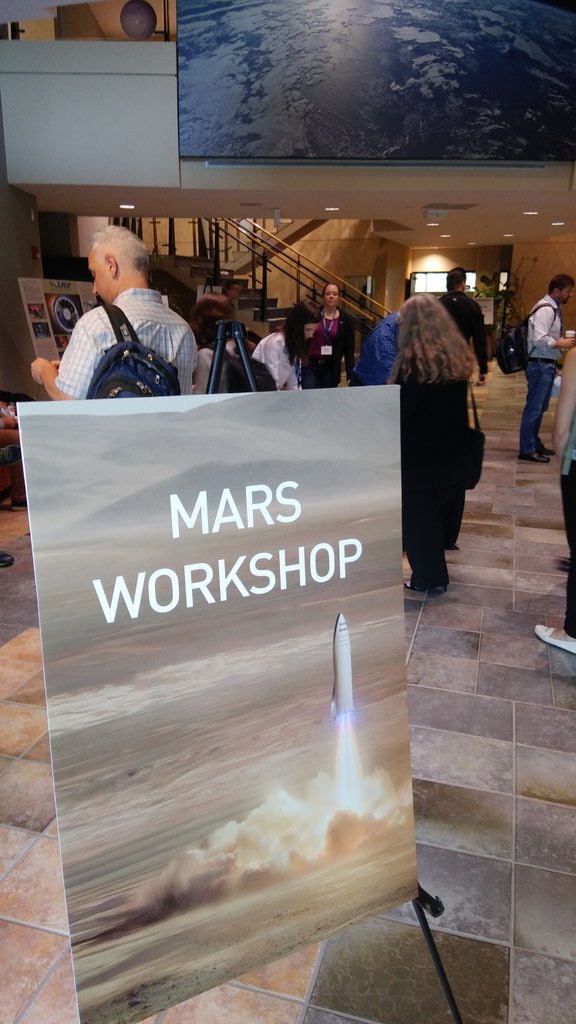
(Image Credit: NASA)
It’s such a wonderful thing when electronics intended to last for months end up lasting years. One of my personal favorite examples of this is arcade equipment from the 1980s, which was cycled into and out of arcades extremely rapidly owing to their massive popularity at the time. These machines were not really “built to last”, but since it was the 1980s, they were built. As a result, we can still experience the joy of an original arcade or pinball machine, which requires surprisingly little TLC to get it back to prime.
Fast forward to 2003, when the Mars Exploration Rover – Opportunity was launched, and subsequently landed on Mars in 2004. This was a mission intended to last for 90 days, and by all accounts the rover was designed for that time scale as well. However, 14.5 years into the mission it has surpassed all expectations and certainly paid for itself many times over with the science it has enabled. Sadly, the massive Martian dust storm of the last month may have finally brought that mission to an end, by covering the solar panels on the rover and effectively putting it to sleep. NASA and outposts around the world are anxiously listening for any slight signal from the rover, but as days drag on this seems less and less likely.
Steven Squyres (Ph.D Cornell 1981) who has been the principal investigator of the Mars missions for all this time, explains the situation in clear terms in a new article fittingly published in Cornell’s campus paper The Daily Sun. What is most likely to kill the rover will be the bitter cold it will be subjected to without power to stay warm. The -80 degree Celsius nights on Mars will subject the stalwart rover to component expansion and contraction – stresses which will be increasingly difficult to endure.
Overall, everyone is more than satisfied with the mission outcome, it’s just that after a piece of science equipment is nearly old enough to get a drivers license, you get a little attached.
So – we wish the rover the best. And we also look forward to a time when it has a place of honor in the first Natural Science museum to be built on the red planet.
References:
